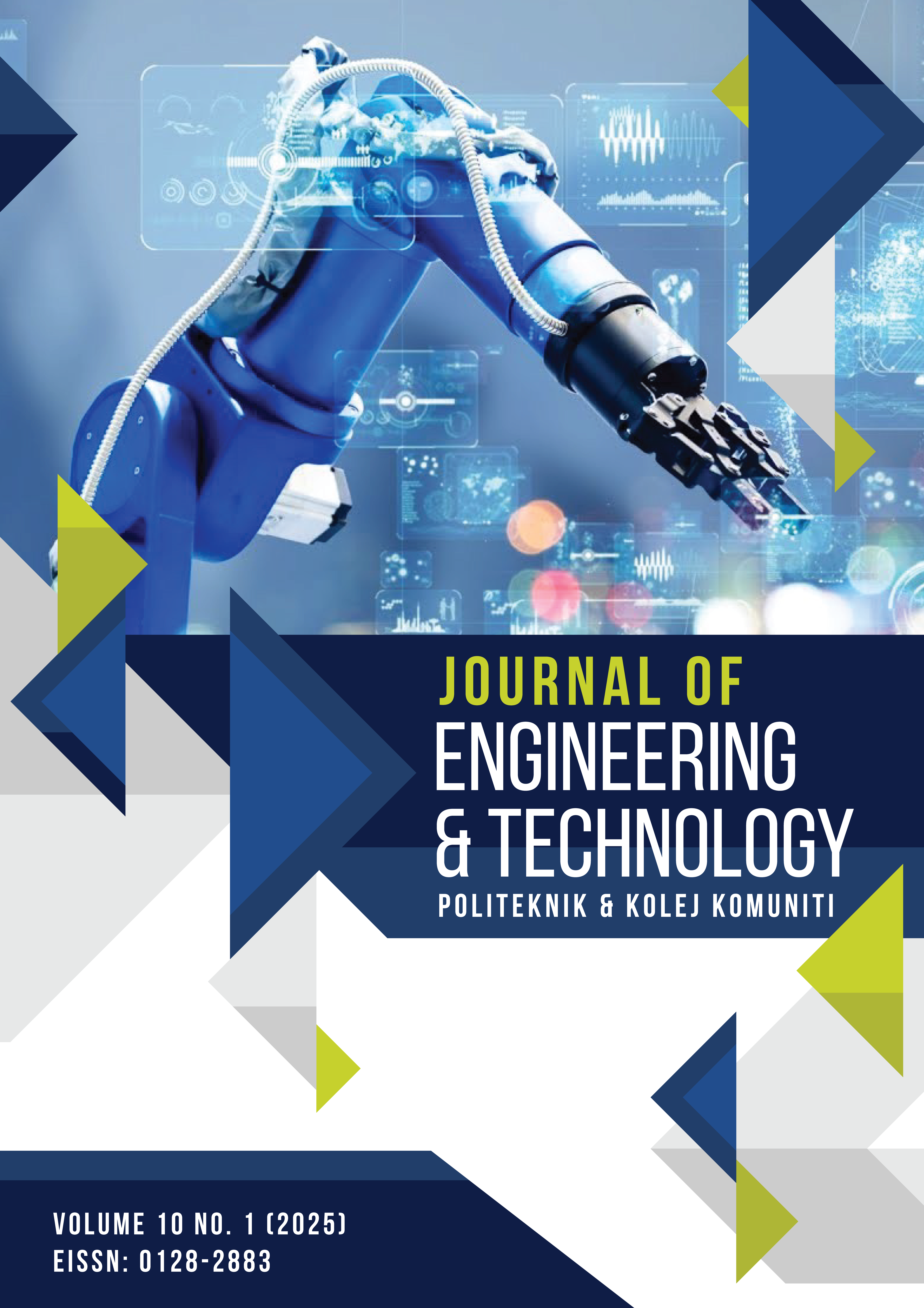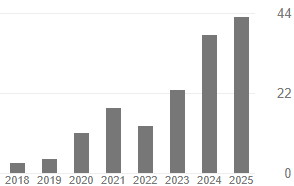Design and Development of an Intelligent Autonomous Robot for Elderly Nursing Care Applications
Keywords:
Autonomous Robot, Elderly Care, ESP32 Microcontroller, Healthcare Automation, Sensor-Based NavigationAbstract
In recent years, Malaysia has experienced a steady increase in its elderly population, with adults aged 65 and above rising from 7.2% in 2022 to 7.4% in 2023, as reported by the Department of Statistics Malaysia (DOSM). By 2024, this number of senior citizens is projected to exceed six million, leading to a growing demand for elderly care services and applications. This demographic shift poses significant challenges, particularly due to a shortage of caregiving personnel and limited availability of family members to provide full-time support. To address this issue, an Intelligent Autonomous Robot (IAR) for elderly nursing care applications was designed and developed to assist with routine care tasks and reduce dependency on human resources. In this study, the IAR is equipped to autonomously deliver food, water, and medication to elderly individuals within care facilities. The system utilises an ESP32 microcontroller with built-in Wi-Fi and Bluetooth for remote monitoring and control, supported by infrared sensors for line detection, ultrasonic sensors for obstacle and checkpoint identification, and direct current (DC) motors driven by motor drivers for navigation. Upon reaching each checkpoint, the robot halts for a predetermined duration before continuing its route and notifies nursing staff via Telegram upon successful medication delivery. Initial testing in a simulated care environment demonstrated the robot’s functionality and consistency in completing delivery cycles without human intervention. This innovation highlights the potential of autonomous robotic systems to enhance the efficiency and sustainability of elderly care applications, particularly in the context of limited manpower and increasing care demands.
Downloads
Published
How to Cite
Issue
Section
License
Copyright (c) 2025 Politeknik & Kolej Komuniti Journal of Engineering and Technology

This work is licensed under a Creative Commons Attribution-NonCommercial-NoDerivatives 4.0 International License.







